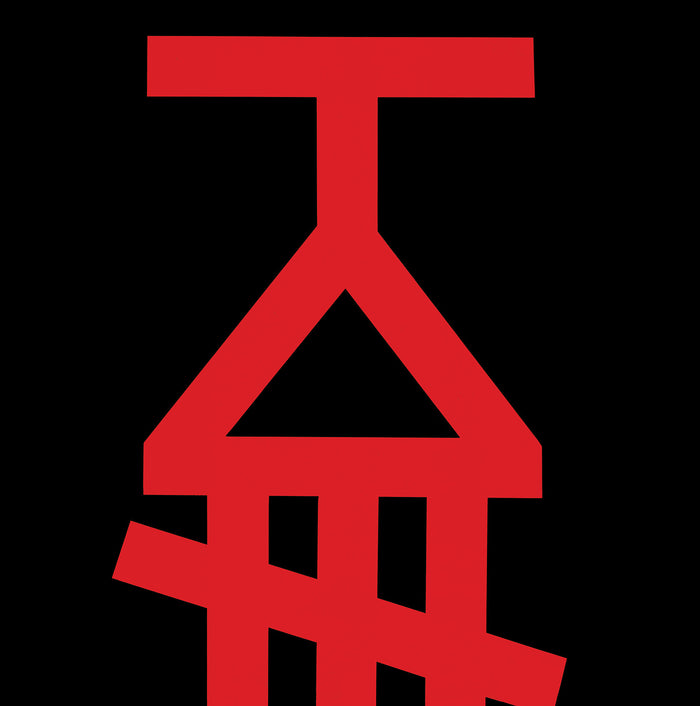About Missing Foundation
Missing Foundation is an industrial, noise, and experimental project from NYC that was led by founding member Peter Missing throughout the late 1980’s and early 1990’s. After forming the band in 1984 in Hamburg, Germany, Missing moved back to NYC and reformed the band with new members Chris Egan, Mark Ashwill, and VKP. The band became known for their often violent and destructive performances in protest of government corruption, gentrification, and their disgust with the Western capitalist system. Often destroying venues and leaving the audience either in violent protests lasting hours after the conclusion of the show, or completely mystified and dazed by what they had just witnessed, MF was banned from numerous venues and in some cases entire cities. In 1988, the band nearly burned the historic rock n’ roll club CBGB’s to the ground, causing bands like Sonic Youth and Swans to run for their lives.
Missing Foundation brought the themes of freedom and anarchy to a new level – it was tribal music in its purest form. The band’s intent was not merely to destroy clubs and cause riots, it was a statement about rebellion, destruction, and creation in the wake of that destruction. Their sound often incorporated a variety of found metal objects for percussion and they rarely used traditional instruments, with Peter Missing often preferring to shout his vocals through a megaphone. MF has often been compared to bands like Einstürzende Neubauten and Throbbing Gristle, as it can be counted among one of the only bands that changed the structure or de-structure of music.
After playing a large amount of shows in America, Eastern and Western Europe, and recording five full-length albums, Missing Foundation eventually disbanded in 1992. Their first two albums, Missing Foundation (1987) and 1933 Your House Is Mine (1988), were originally put out via Purge/Sound League. Dais re-issued these two albums in 2013 in a limited edition vinyl format, allowing a new generation an insight into the outrage, energy, and anarchist sentiments of the late 80’s underground culture of NYC.
Releases
-
07.2013
